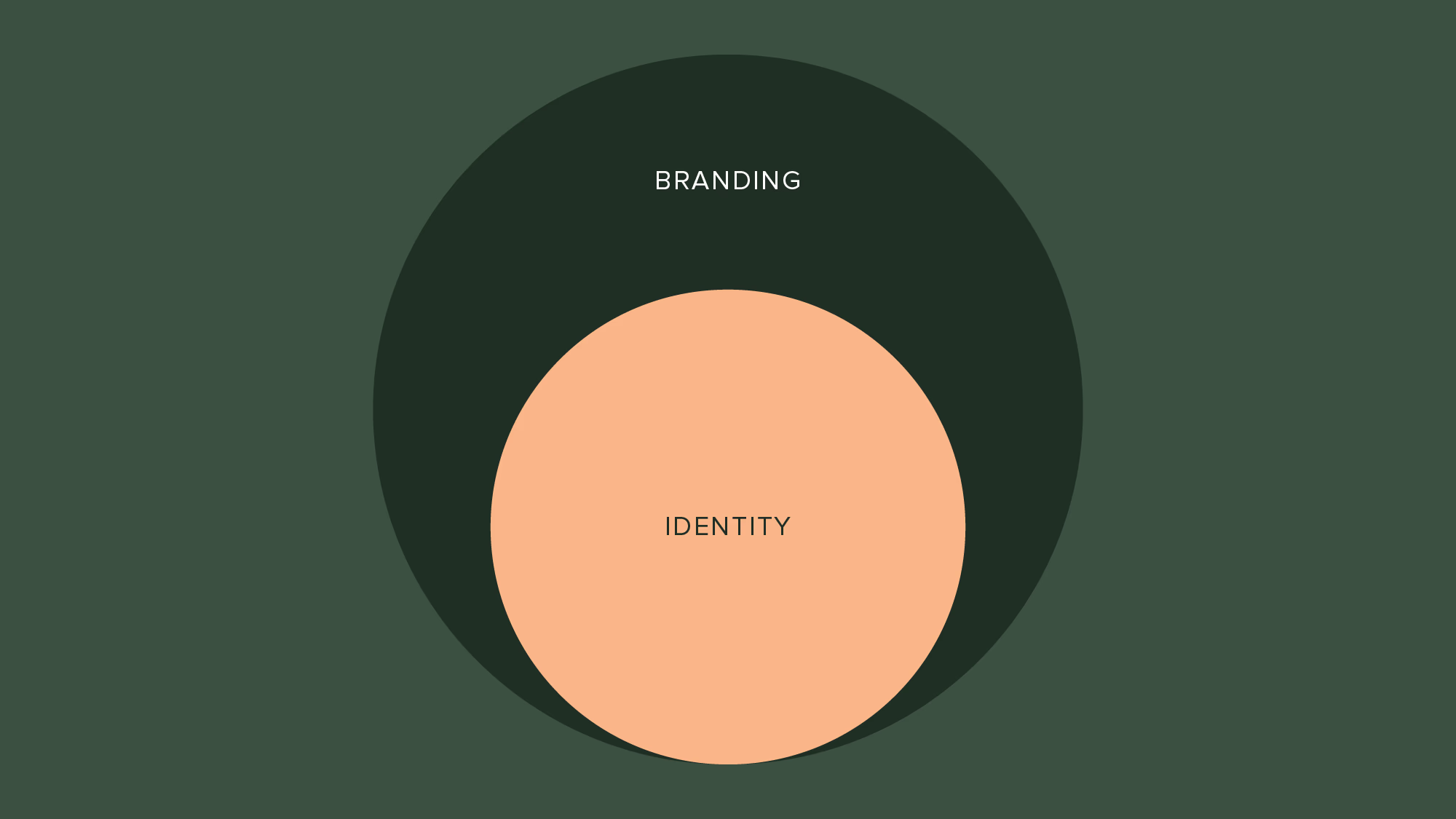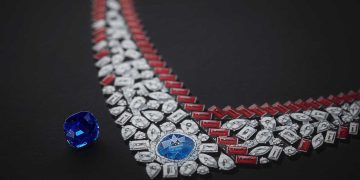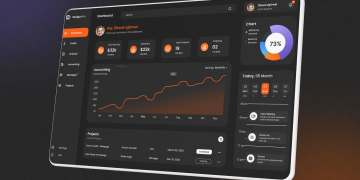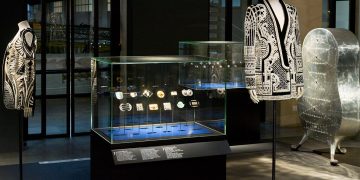In today’s hyper-competitive marketplace, where consumers are inundated with choices, the strength of a brand lies not only in its products or services but in its overall identity. And one of the most powerful aspects of brand identity is design. From the logo to the color palette to the user interface, every element of design plays a pivotal role in shaping how consumers perceive a brand.
But can designer features—whether in the form of a website, a product package, or an app interface—make or break a brand? Let’s explore the critical relationship between design and brand identity, understanding why it can either elevate a brand to new heights or leave it floundering in obscurity.
1. The Importance of First Impressions
The adage “you never get a second chance to make a first impression” holds particularly true when it comes to branding. Research indicates that consumers form judgments about a brand within mere seconds of encountering it. The visual elements—the typography, the colors, the logo, and even the layout of a website or packaging—work together to communicate a message of trust, professionalism, and reliability.
The Role of Color
Colors are perhaps the most immediate visual cues that evoke emotional responses. Studies have shown that consumers subconsciously connect specific colors with particular feelings or attributes. Think about the calming blues of tech companies like IBM or the fiery reds and yellows of fast-food chains like McDonald’s. This color psychology extends to every designer feature, from product packaging to website design, influencing how customers feel about a brand at first glance.
Typography: More Than Just Letters

Typography is not just about selecting a font; it’s about setting a tone. Whether it’s a modern sans-serif font or a classic serif typeface, typography can reinforce your brand’s personality. A carefully chosen typeface communicates sophistication, accessibility, or fun, and influences a customer’s connection with your brand. Poor font choices, on the other hand, can confuse or frustrate potential customers, harming the brand’s reputation.
The Logo: Your Brand’s Visual Anchor
A logo is often the first piece of design that comes to mind when people think about a brand. It encapsulates the essence of the brand in a simple, recognizable form. The best logos are memorable, versatile, and convey the brand’s values and mission. A well-designed logo is often the keystone of a brand’s identity, whereas a poorly designed logo can lead to confusion or even outright rejection from potential customers.
2. User Experience: Design Beyond the Aesthetics
While visual design is crucial, it’s not enough on its own. Functionality plays an equally important role in the success of a brand, particularly in digital experiences like websites, apps, and e-commerce platforms.
Intuitive Navigation
If a website or mobile app is difficult to navigate or slow to load, users are likely to abandon it. In fact, studies show that 47% of users expect a website to load in under 2 seconds, and a delay of even one second can lead to a 7% reduction in conversions. Designer features that prioritize usability—such as clean layouts, intuitive navigation, and a responsive design—help ensure users enjoy a seamless experience, increasing the likelihood that they’ll return to your brand.
Consistency Across Touchpoints
Whether a customer is interacting with your brand online, in-store, or through an advertisement, consistency is key. The design of your website should align with your social media presence, your product packaging, and even your customer service experience. Consistent design reinforces your brand identity and builds trust, making it easier for consumers to connect with your brand, regardless of the touchpoint.
Mobile-First Design
In an increasingly mobile-first world, optimizing your digital presence for smartphones and tablets is no longer optional. With more than half of global internet traffic coming from mobile devices, ensuring your website or app is designed for mobile users is critical. A mobile-first design approach—prioritizing user experience for smaller screens—can make the difference between a user staying on your site or bouncing off to a competitor’s.
3. Designer Features in Product Design: The Physical Aspect of Branding
Branding isn’t just limited to the digital realm. Product design, from packaging to the physical attributes of the product itself, also plays a major role in how your brand is perceived.
Packaging Design: The Silent Salesperson
Think about your favorite products. What do their packaging designs communicate? Often, the first interaction customers have with your brand is through your product packaging. It’s the silent salesperson that conveys the quality and ethos of your brand. High-quality, visually appealing packaging can make a significant difference in how consumers perceive your product.
From eco-friendly materials to innovative, functional designs, packaging is often the final deciding factor for a customer on the fence about a purchase. Designer features like tactile materials, clear typography, and thoughtful color choices can help elevate your product in the eyes of your consumers.
Product Design: Form Meets Function
Beyond packaging, the design of the product itself is crucial in conveying the brand’s value proposition. If a product is poorly designed or uncomfortable to use, no amount of branding can redeem it. On the other hand, products that feature sleek, ergonomic designs or innovative functionality can help build a loyal customer base. Apple is a great example of this; the brand’s focus on seamless design—both aesthetic and functional—has contributed greatly to its success.
4. The Role of Digital Presence: Websites, Social Media, and Beyond
In the modern world, your brand’s online presence is often the most immediate way potential customers will interact with you. A well-designed website is not just a digital brochure; it’s an essential tool for building brand credibility and trust.
Website Design: The Cornerstone of Your Brand’s Online Identity
Your website is a representation of your brand’s personality, and it’s often the first place potential customers will go to learn about your products or services. A website with clean, modern design and easy-to-navigate features is key to keeping visitors engaged and turning them into loyal customers. Cluttered layouts, slow load times, or hard-to-read fonts can immediately drive users away.
Social Media: Design for Engagement
Design also plays a pivotal role on social media platforms. Whether it’s creating eye-catching posts, using consistent branding, or developing a unified visual strategy, your social media design is a reflection of your brand’s voice. Engaging design elements, like interactive content, creative videos, and well-composed graphics, can help your brand stand out in the crowded social media space.
Branding Through Digital Advertising
Paid digital advertising—whether through Google Ads, Facebook, or other platforms—relies heavily on design. Effective ad design needs to grab attention, communicate a clear message, and prompt users to take action. The use of bold headlines, compelling imagery, and strong calls-to-action can make all the difference between an ad that converts and one that gets overlooked.
5. Designer Features and Brand Loyalty: Creating Lasting Relationships
Good design doesn’t just attract new customers—it also helps in retaining them. Once consumers have interacted with your brand, you need to provide consistent, engaging experiences that keep them coming back.

The Power of Design in Customer Retention
Loyal customers are often created through positive experiences with a brand. If your design features create a seamless, enjoyable experience across all touchpoints—whether in your products, your website, or your customer service—you’re more likely to foster customer loyalty. For instance, an e-commerce website that’s easy to navigate and aesthetically pleasing will make repeat purchases easier, while a subscription service with clear, attractive communication can help retain customers over time.
Personalization and Custom Design
With advances in digital technology, brands now have the ability to create more personalized experiences for their customers. Tailoring design elements to suit individual preferences—through personalized emails, product recommendations, or even website layouts—can deepen the emotional connection between the consumer and the brand. This personalized approach shows customers that you value their experience and care about their individual needs.
6. When Poor Design Breaks a Brand
On the flip side, poor design can be catastrophic for a brand. A negative user experience, whether online or offline, can lead to brand rejection, decreased sales, and lasting damage to your reputation.
Case Study: The Failing of Yahoo
In 2013, Yahoo made a bold move by redesigning its website, but the changes were met with widespread criticism. The new design was cluttered, slow, and difficult to navigate, and many users abandoned the site in frustration. Despite the brand’s significant market presence at the time, poor design decisions ultimately contributed to Yahoo’s struggle in regaining its previous standing in the digital space.
The Domino Effect of Poor Design
When poor design permeates all aspects of a brand—whether through confusing product packaging, a difficult-to-navigate website, or a low-quality user interface—it leads to a domino effect. Customers may become frustrated, lose trust, and even leave negative reviews. In today’s world, where social media allows customers to easily share their experiences, bad design can spread like wildfire, damaging a brand’s reputation and sales.
Conclusion: Design as the Lifeblood of Your Brand
In the competitive landscape of modern branding, design is not just a luxury; it’s a necessity. Whether it’s a beautifully crafted logo, a user-friendly website, or intuitive product design, the right designer features can elevate your brand, making it more recognizable, memorable, and trustworthy.
However, if the design fails to meet customer expectations, the repercussions can be severe. As consumers become more design-savvy, they’re more likely to walk away from brands that don’t align with their expectations for quality and aesthetic appeal. Simply put, designer features can either make or break your brand, and investing in great design is an investment in your brand’s long-term success.

















































